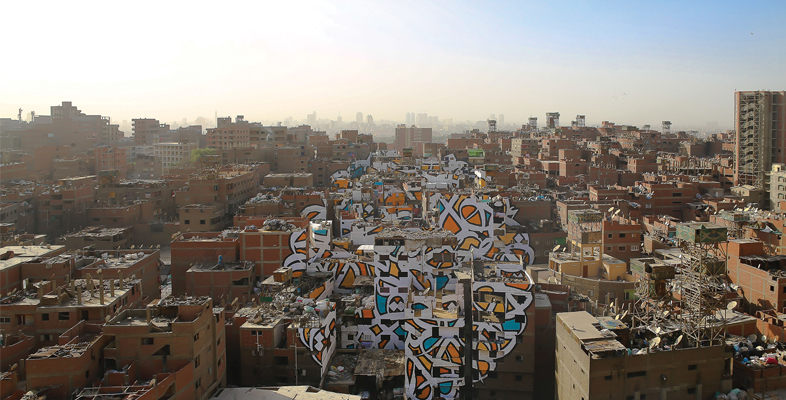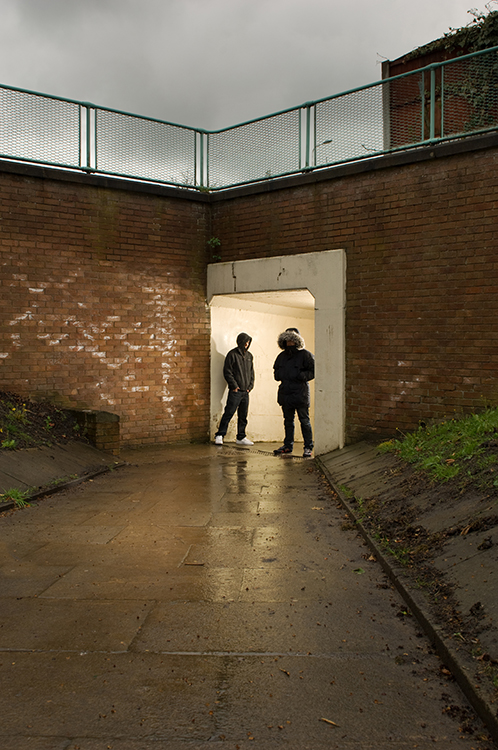2.2 Questioning what is a crime and what is not
Public opinion on how people should behave and act towards one another – both in society generally, and across different social situations – often varies considerably. How people think about graffiti is one example. But think also, for example, about young people meeting up after school outside a local shop. The young people might see the space as a convenient spot to chat with their friends before going home. But the shopkeeper or local residents might see the young people as disruptive or be suspicious of them. Elderly people or other young people might feel intimidated walking through the group, especially if they are being loud or play-fighting, because it may feel unpredictable or even threatening. In such a social situation, nothing is really ‘wrong’, no illegal, criminal or harmful activity is taking place. However, it identifies a social situation in which public opinion differs widely about what ‘appropriate conduct’ might be.
In summary, there are many things that happen in society that are harmful, which are not legally defined as crimes in the criminal law. Likewise, there are some things that are defined as crime, which many people don’t really view as ‘criminal’. Crime is therefore a contested concept.
Indeed, the different ways of thinking about crime and other harmful acts have always varied historically, across societies, and amongst different social groups. Many legally-defined crimes are considered to be legitimate acts in other contexts. Trying to get to the bottom of how and why certain activities are defined as crime while others are not is one of the tasks that criminologists undertake.
The next section introduces the field of criminology and what kinds of things criminologists study.

